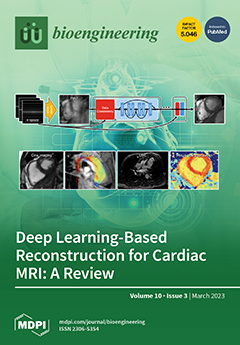Heat shock proteins (HSPs) play critical roles in regulating different mechanisms under high-temperature conditions. HSPs have been identified and well-studied in different plants. However, there is a lack of information about their genomic organization and roles in medicinal plants and fungi, especially in
[...] Read more.
Heat shock proteins (HSPs) play critical roles in regulating different mechanisms under high-temperature conditions. HSPs have been identified and well-studied in different plants. However, there is a lack of information about their genomic organization and roles in medicinal plants and fungi, especially in
Wolfi-poria cocos (W. cocos). We identified sixteen heat shock proteins (HSPs) in
W. cocos and analyzed in terms of phylogenetic analysis, gene structure, motif distribution patterns, physiochemical properties, and expression comparison in different strains. Based on phylogenetic analysis, HSPs were divided into five subgroups (WcHSP100, WcHSP90, WcHSP70, WcHSP60, and WcsHSP). Subgroups WcHSP100s, WcHSP90s, WcHSP70s, WcHSP60, and WcsHSPs were further divided into 3, 2, 3, 1, and 6 subfamilies, respectively. Moreover, the expression profiling of all HSP genes in five strains of
W. cocos under different temperature extremes revealed that expression of most HSPs were induced by high temperature. However, every subfamily showed different expression suggesting distinctive role in heat stress tolerance. WcHSP70-4, WcHSP90-1, and WcHSP100-1 showed the highest response to high temperature stress. Heterologous expression of WcHSP70-4, WcHSP90-1, and WcHSP100-1 genes in
Escherichia coli enhanced survival rate of
E. coli during heat stress. These findings suggest the role of
W. cocos heat shock genes in the high temperature stress tolerance.
Full article






